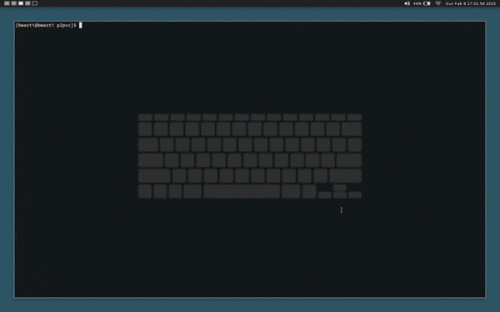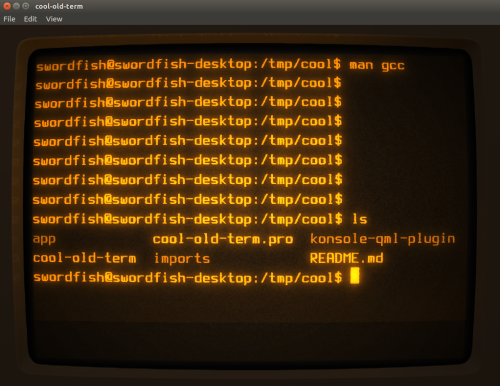N2YO.com – Real Time Satellite Tracking. This is super cool! Check the International Space Station (ISS) real time tracking with live HD video streaming!
Tag: geek culture
p2pvc – a point to point color terminal video chat
Gitlet – git implemented in JavaScript
Gitlet – git implemented in JavaScript. Why, you ask?
Over the last six years, I’ve become better at using Git for version control. But my conceptions of the index, the working copy, the object graph and remotes have just grown fuzzier.
Sometimes, I can only understand something by implementing it. So, I wrote Gitlet, my own version of Git. I pored over tutorials. I read articles about internals. I tried to understand how API commands work by reading the docs, then gave up and ran hundreds of experiments on repositories and rummaged throught the
.gitdirectory to figure out the results.I discovered that, if approached from the inside out, Git is easy to understand. It is the product of simple ideas that, when combined, produce something very deep and beautiful.
Spoken like a true hacker. My hat is off to you, sir.
quine-relay – an uroboros program with 80+ programming languages
quine-relay – an uroboros program with 80+ programming languages.
If you didn’t get it, here’s a better description:
This is a Ruby program that generates Scala program that generates Scheme program that generates …(through 80 languages in total)… REXX program that generates the original Ruby code again.
Insanity at its best!
P.S.: Quine (computing) Wikipedia page comes handy:
A quine is a non-empty computer program which takes no input and produces a copy of its own source code as its only output. The standard terms for these programs in the computability theory and computer science literature are “self-replicating programs”, “self-reproducing programs”, and “self-copying programs”.



